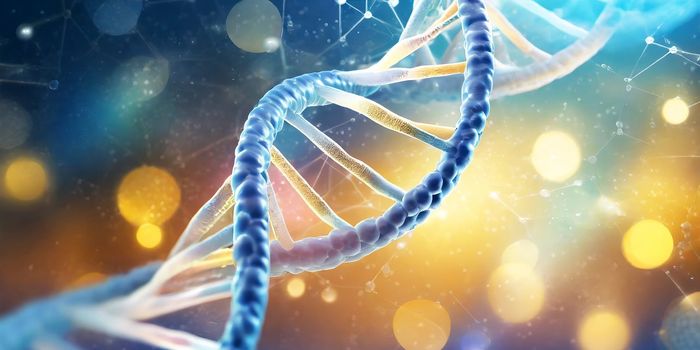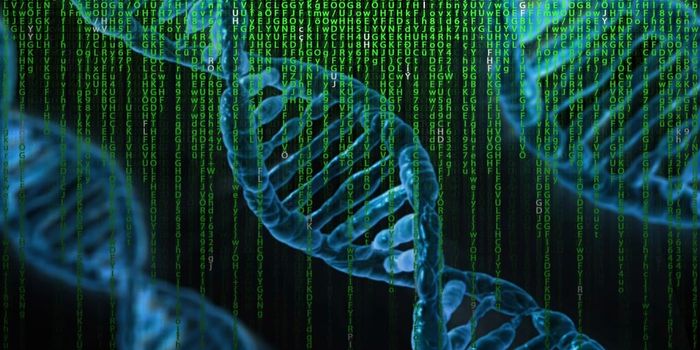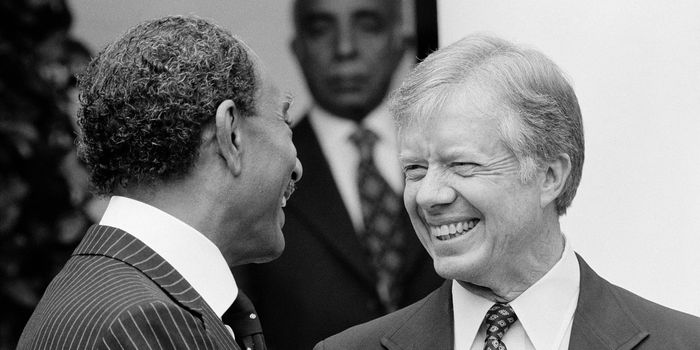How does tissue geometry influence cancer cellular migration?
A team of researchers led by UC Santa Barbara's Distinguished Professor Denise Montell has recently published new findings on cellular migration in the journal Science. Cellular migration refers to the directed movement of a single cell or a group of cells in response to chemical and mechanical signals. Cellular migration plays a key role in tissue development and immune responses, among other important bodily functions. The findings have implications for oncology, neuroscience, and developmental biology.
"Without directional cell migration, embryos would not develop, wounds would not heal and the immune and nervous systems would neither form nor function," explains Montell. "Yet cell migration also contributes to inflammation and cancer metastasis, so understanding the underlying mechanisms has garnered substantial interest over decades."
In order to investigate the patterns of cellular migration, the researchers chose to focus on determining how the biological environment of cells affects cellular movement. To do so, they conducted experiments on the ovaries of fruit flies, finding that the mechanisms that cause cells to move under these circumstances are “very similar, even in molecular details, to how cancer cells move," according to Montell.
It turns out that the physical space significantly impacts the mechanisms of cell migration. Using mathematical models, the researchers’ study revealed that tissue geometry influences cellular motion.
"The tissue geometry creates a central path of least resistance, which provides directional information equally important to that provided by chemo-attractants," said Montell. Montell also commented that chemical signals have been believed to be the factor causing directional cues for cellular migration for the last fifteen years.

These findings prove that the physical environment is an important factor to consider when contemplating the patterns and mechanisms of cellular movement. They also provide new insights into how we can go about thinking about cancer cell migration.
"Getting immune cells into the tumor can be a challenge, and maybe part of that is this tissue geometry challenge," Montell concludes. "Who would have thought that what we really need to be doing is perhaps loosening up the tumor to help the immune cells get in. These findings add a new concept to the way we think about what cells are attracted to and how they move around."
Sources: Science, Science Daily








